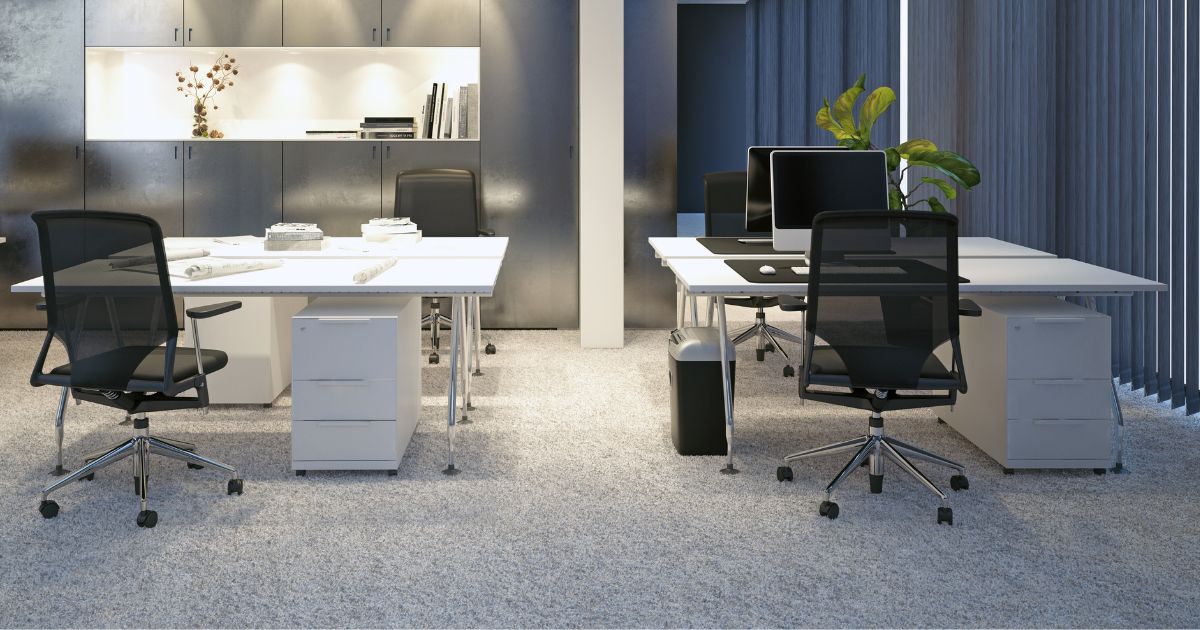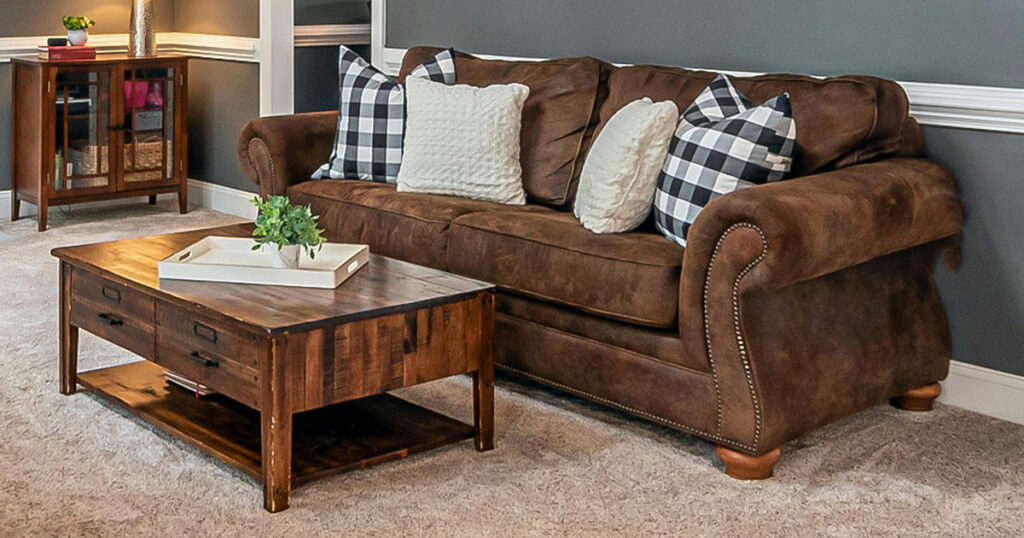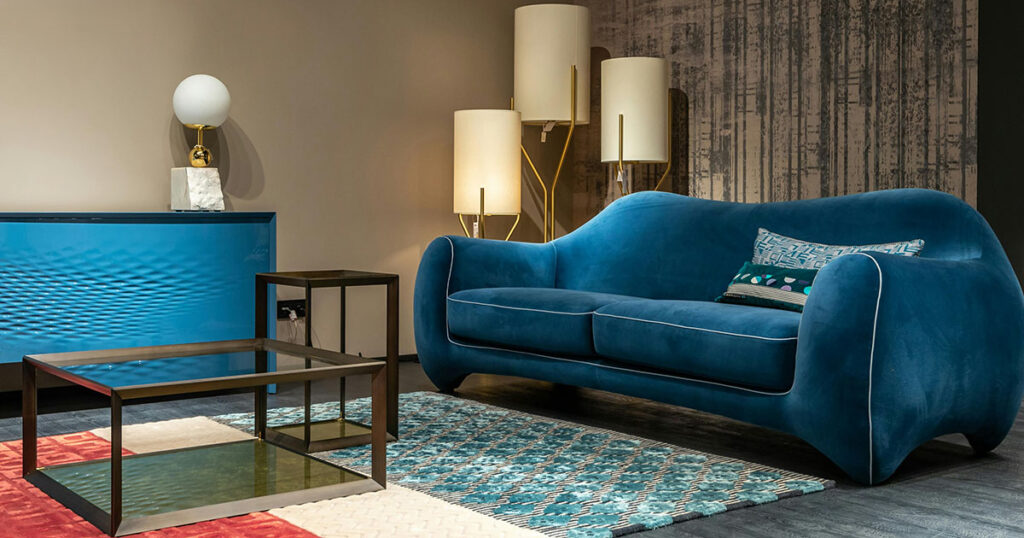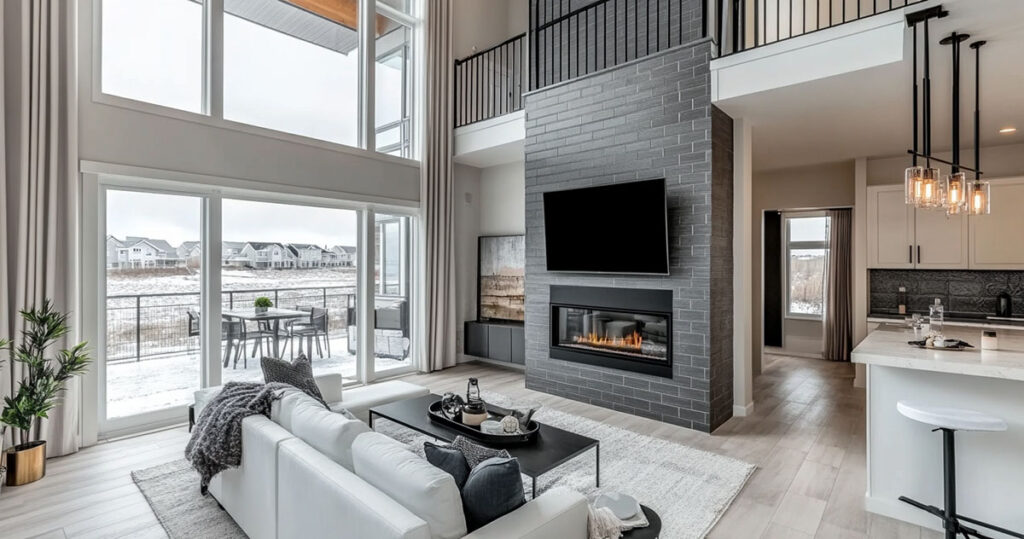Choosing the right carpet for your office is important.
They impacts comfort, aesthetics, and your bottom line.
This guide will walk you through everything you need to know about office carpets.
From key benefits to practical considerations for different office types.
Why Carpet Your Office Space?
Before diving into specifics, let’s explore why carpet remains a popular flooring choice for offices:
Acoustic Benefits
Open office plans have become standard, but they create noise challenges. Carpet absorbs sound significantly better than hard surfaces. It dampens footsteps, reduces echoes, and shortens reverberation time. This creates a quieter environment where people can focus and communicate effectively.
Comfort and Ergonomics
Standing or walking on carpet puts less stress on your body compared to hard flooring. The cushioning effect reduces fatigue for employees who move around throughout the day. This subtle comfort feature can improve workday experiences and productivity.
Temperature Management
Carpet adds insulation value to your space. In cooler regions, it helps maintain warmth and creates a cozier atmosphere. Even in air-conditioned environments, carpet feels more comfortable to walk on than cold hard surfaces.
Safety Advantages
Carpet provides better traction than hard floors, reducing slip hazards. The soft surface can also minimize injury severity if someone does fall. Additionally, carpet doesn’t announce footsteps, maintaining discretion in busy office settings.
Aesthetic Impact
Your flooring makes a strong visual statement. Carpet offers endless design possibilities through colors, patterns, and textures. You can use it to reinforce brand identity or create specific atmospheres within different zones of your workspace.
Key Material and Construction Factors
Yarn Types
The fiber you choose impacts durability, appearance, and cost:
Nylon: The most common choice for offices. It’s highly durable, resilient, and stain-resistant. Solution-dyed nylon offers superior colorfastness and can withstand heavy traffic without showing wear. It provides excellent value for commercial settings.
Polypropylene (Olefin): A budget-friendly alternative that resists stains and moisture. Best for light to moderate traffic areas as it’s less crush-resistant than nylon. If cost is a major concern, this could work for less-used zones.
Polyester: Offers vibrant colors and softness but less durability than nylon for high-traffic areas. Often made from recycled content, which can support sustainability goals.
Wool: A premium natural fiber with inherent flame resistance and luxury feel. Significantly more expensive but ages beautifully. Often reserved for executive areas or prestigious spaces.
Tufted vs. Printed Construction
Both can perform well, but they create patterns differently:
Tufted Carpets
Created by stitching yarn through a primary backing. Patterns come from using different colored yarns or creating varied pile heights. They dominate the commercial market because they’re cost-effective and versatile.
Printed Carpets
Start as uncolored carpet bases that have designs applied using dyes or inks. Modern digital printing allows for intricate patterns, gradients, logos, or even photographic images. Today’s technology bonds dye into the fibers for lasting durability.
Broadloom vs. Carpet Tiles
Broadloom (Wall-to-Wall)
Installed in large rolls for a seamless look. Good for creating expansive, uniform appearances. However, if a section is damaged, replacement often impacts large areas.
Carpet Tiles
Modular squares (typically 50x50cm or 24×24″) that fit together. They’re easier to install, allow creative patterns, and critically, permit replacing individual tiles if damaged. Many printed designs are available as tiles, combining design flexibility with practicality.
Backing and Cushion
The carpet’s backing affects installation, comfort, and acoustics. An attached cushion backing can improve foot comfort and sound absorption while extending the carpet’s appearance retention. For high-traffic applications, look for backings with moisture barriers and antimicrobial treatments.
Practical Buying Advice
Assess Your Specific Needs First
Before browsing carpet samples, evaluate:
- Traffic patterns – Which areas see most movement?
- Practical concerns – Will rolling chairs be used? Are spills likely?
- Design goals – Should carpet be a neutral background or statement piece?
- Budget constraints – Initial investment vs. long-term value
Map your office to identify zones with different requirements. Main traffic areas need maximum durability, while meeting rooms might prioritize acoustics and executive areas might warrant premium materials.
Balance Cost with Longevity
Budget for the best quality you can afford in heavily used areas. Mid-range or higher-grade carpet often proves more economical long-term than replacing cheaper options frequently.
Smart budgeting might include:
- Premium carpet in client-facing areas
- Standard but durable options in back-office spaces
- Entry mats at doorways to protect your investment
- Maintenance budget for regular cleaning
Remember to factor in installation costs and life-cycle expenses.
Commercial-grade carpet typically costs $2-$12 per square foot installed, with most standard office installations falling in the $4-$8 range.
Design Considerations
Your carpet impacts workplace atmosphere and functionality:
Neutral Background vs. Statement Piece
Decide whether carpet should quietly support your design or stand as a key feature. Neutral doesn’t mean boring – subtle textures or tonal patterns can add sophistication while hiding stains.
Zoning Through Design
Use carpet to define different functional areas without building walls. Changes in color or pattern can signal transitions between workstations, collaborative zones, or quiet areas.
Design Longevity
While trends can inspire, choose designs with staying power. Extremely trendy patterns might feel dated quickly, while geometric patterns, biophilic elements, or subtle textures tend to age well.
Regional Considerations
Office carpet preferences vary by region:
North America
Emphasis on durability and brand alignment
Strong preference for carpet tiles in open offices
Growing interest in sustainable materials and biophilic designs
Practical approach to maintenance with regular cleaning schedules
Europe
Often at the forefront of design innovation
Strong focus on sustainability and eco-certifications
Appreciation for both minimalist designs and creative patterns
Quality and acoustic properties highly valued
Middle East
Appreciation for luxury and visual impact
Need for climate-durable materials that resist UV fading and sand
Often combines traditional inspired patterns with modern execution
Strong attention to quality and prestigious impressions
Office-Type Specific Guidance
Corporate Offices
In corporate environments, carpets should project professionalism while supporting brand identity:
Professional Aesthetics
Choose refined designs in neutral or brand-coordinated colors. Subtle patterns hide wear while maintaining elegance.
Branding Integration
Use carpet to subtly echo brand colors or themes. Custom designs in key areas can impress visitors without overwhelming.
Durability Focus
High-traffic areas need solution-dyed nylon carpet tiles or broadloom with excellent wear ratings. Stain resistance is essential for coffee spills and daily use.
Acoustic Management
With many corporate offices being open-plan, noise reduction is crucial. Select carpet with attached cushion or use underlay to maximize sound dampening.
Co-working Spaces
Co-working environments need versatile, inspiring, and durable carpet solutions:
Creative Atmosphere
More adventurous designs work well here. Consider mix-and-match tiles, area rugs over polished concrete, or bold patterns that energize the space.
Zoning Flexibility
Use carpet design to signal different functions without walls. Quiet areas might have calming patterns while collaborative zones feature energetic designs.
Heavy-Duty Performance
These spaces see extremely varied and constant traffic. Commercial-grade loop pile carpet tiles handle this well and allow for replacing sections as needed.
Style Differentiation
Many co-working spaces use flooring to establish their brand personality. Statement carpets in reception areas or unique patterns throughout can set your space apart from competitors.
Government Offices
Government facilities typically require formal, durable, and safety-focused carpeting:
Formal Aesthetics
Conservative, timeless designs in neutral colors convey seriousness and stability. Traditional patterns age gracefully in these long-lifecycle environments.
Extended Durability
Many government facilities operate on fixed maintenance budgets with infrequent replacements. Specify heavy-duty commercial carpet that maintains appearance with straightforward maintenance.
Safety Compliance
Ensure carpets meet strict fire retardance standards and accessibility requirements. Low-pile, firm carpets accommodate wheelchairs and other mobility aids.
Cultural Significance
In ceremonial government spaces, carpets might incorporate symbolic elements related to national or regional identity, though usually in subtle, dignified ways.
Key Takeaways for First-Time Buyers
- Prioritize commercial-grade products – Office carpets must withstand traffic levels residential carpeting can’t handle.
- Balance style with longevity – Choose designs that won’t look dated before the carpet wears out.
- Consider modular options – Carpet tiles offer flexibility for future changes and targeted replacements.
- Don’t skimp on quality in high-traffic zones – Better to do less area in higher quality than cover everything in budget carpet.
- Think beyond initial cost – Factor in installation, maintenance, and replacement cycles.
- Get samples and view in your space – Carpet colors and textures look different under your actual lighting.
- Plan for the complete lifecycle – From installation through maintenance to eventual replacement.
- Consult professionals – Commercial carpet specialists can identify considerations you might miss.
Ready to Start Your Carpet Selection?
Contact us today for a free consultation to discuss your office carpet needs.
Our carpet team can help you with options that match your requirements, aesthetic designs, and budget.
We’ll guide you through samples, specifications, and maintenance plans for your organization.
We’re here to make your carpet selection process smooth and successful.




